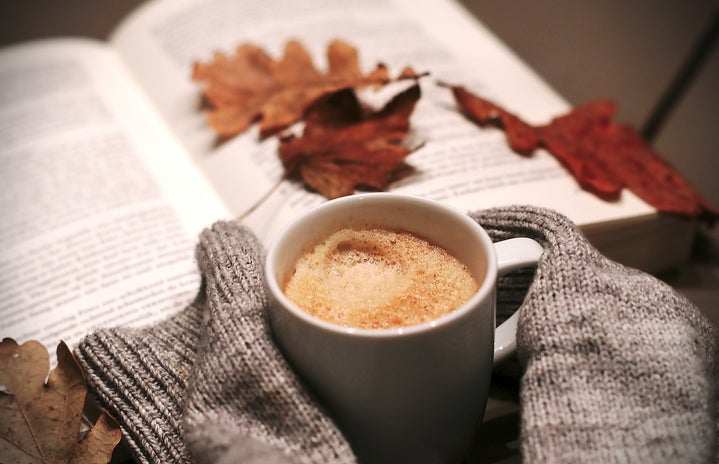The changing of seasons, the first spring flower bulb blooming, or the first autumn breeze brushing against your skin, is arguably better than the actual season that approaches. This interim season is beginning in America, as we can see the pumpkin spice lattes, corn mazes, and candy corn on the horizon. When we walk outside, it’s almost as if we can even smell this impending autumn. We know humans are capable of seeing the trees shed their leaves and feeling the temperatures drop. But are they able to smell seasonal transitions?
The answer is yes, but a quick lesson on the science of smell is in order. One’s sense of smell is activated when receptors in the nose detect aromatic molecules in the air, which stimulates your olfactory system (made up of your nose and nasal cavities) and translates these smells into a specific perception.
According to Rachel Herz, a neuroscientist, and expert on the psychology of smell, fall’s smell is different than summer because of the number of molecules in the air. The thick, humid air that hangs over a hot summer day can hold more molecules and allows them to move quickly through the atmosphere. Thus, we are bombarded by a plethora of smells from aromatic molecules during the summer. When it comes cooler and drier in the subsequent season, the air molecules contract meaning there is less space for odor molecules to move through the air. This makes the smells that our noses pick up in the fall even more distinct and identifiable. These scents that we encounter aren’t just apple cider and pecan pie, but even the compounds released from decaying leaves as they exhale gases through holes known as the stomata.
Herz also points out that our sense of smell is particularly unique because the scent is invisible, and we as humans are inherently visual creatures. With this desire to observe our surroundings, each of us takes our sense of smell and combines it with what we experience around us to interpret each scent in a unique context. CBC news summarizes these associations by describing the smell as a “confluence of chemistry, biology, and psychology that can trigger different emotions like anxiety, sadness or excitement depending on your collection of memories associated with the time of year.” While scent can indicate weather and time, every scent might smell different to everyone, depending on their location, the intensity of the smell, and what we develop as our associated memories.
The smell of fall might be Bath & Body Works’ cinnamon or maple-scented candles. But it can also just be aromatic molecules in the air triggering the expression of our olfactory receptors and autumnal memories. So step outside, take a whiff, and enjoy the new season!


